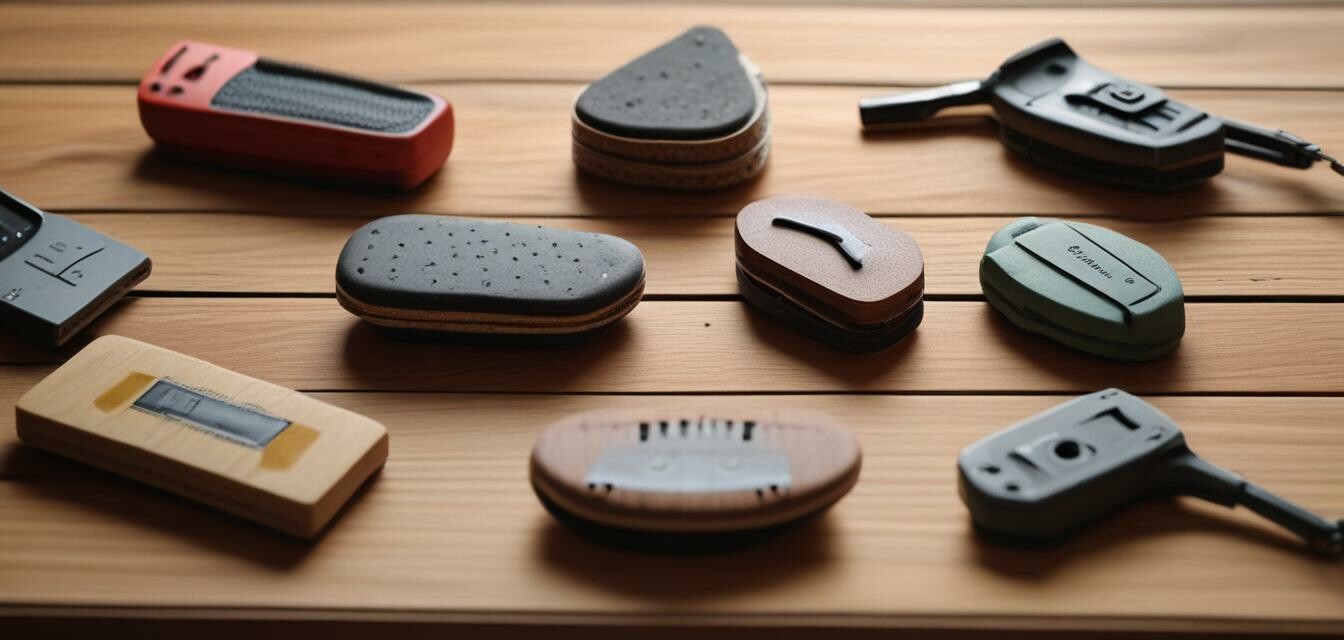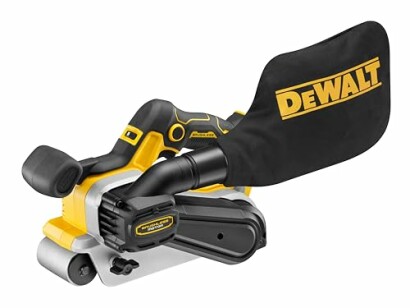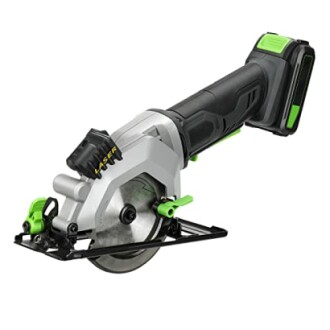
Mastering the Portable Sander: Techniques and Tips
Key Takeaways
- Understand different portable sanders and their applications.
- Learn essential techniques for effective sanding.
- Discover safety tips and best practices.
- Explore maintenance tips to prolong the life of your tools.
Portable sanders are essential tools for any DIY enthusiast or professional contractor. They simplify the finishing process and ensure a smooth surface on various materials. In this guide, we'll dive into different types of portable sanders, their uses, techniques to master their operation, safety precautions, and maintenance tips.
Types of Portable Sanders
Before we delve into techniques, it's important to know what types of portable sanders are available.
| Type of Sander | Description | Best For |
|---|---|---|
| Orbital Sander | Uses a circular sanding pad that moves in a random orbit. | Fine sanding and smoothing edges. |
| Belt Sander | A powerful tool that uses a loop of sandpaper. | Removing material quickly on large surfaces. |
| Detail Sander | Designed for intricate areas and corners. | Fine sanding on detailed workpieces. |
| Sheet Sander | Uses square sheets of sandpaper, ideal for detailed work. | Sanding flat surfaces and edges. |
Mastering Sanding Techniques
To ensure you get the best results, mastering proper sanding techniques is essential. Here are some advanced tips:
- Select the Right Grit: Start with a coarse grit for heavy material removal, then progress to finer grits for a smoother finish.
- Keep It Moving: Avoid pressing too hard on the sander. Keep it moving to prevent uneven sanding or gouging.
- Maintain Control: Use both hands on the sander when possible to maintain better control.
- Check Your Work: Regularly stop and check your progress; this helps prevent over-sanding.
Safety Precautions
Always prioritize safety when working with power tools. Here are some key safety tips to remember:
- Wear safety goggles and a mask to protect your eyes and lungs from dust.
- Ensure your work area is well-ventilated.
- Keep hands clear of the sanding area.
- Unplug your sander when changing sandpaper or making adjustments.
Maintenance Tips for Your Portable Sander
Proper maintenance is crucial to keep your sander working efficiently. Here are some maintenance tips:
- Clean the Dust Collection: Regularly empty the dust bag or clean out the dust port.
- Check Sandpaper Condition: Replace sandpaper as it wears out to maintain efficiency.
- Inspect Cords and Plugs: Ensure there are no frayed wires or damage to the cord before each use.
- Store Properly: Keep your sander in a dry, clean place when not in use.
Recommended Portable Sanders
While there are many different sanders available, two standout options worth considering are:
DEWALT DCW220 18V XR Cordless Belt Sander
This sander offers a belt speed of 320m/min and is perfect for achieving superior finishes.
Learn MoreGALAX PRO Mini Circular Saw
This professional cordless circular saw features adjustable angle and depth for precise cuts.
Learn MoreConclusion
Mastering the portable sander is about understanding your tool, selecting the right techniques, and focusing on safety and maintenance. With these tips, you'll not only enhance your skills but also achieve the best results from your projects.
Further Reading
If you're looking to improve your knowledge further, check out some of our in-depth resources:


